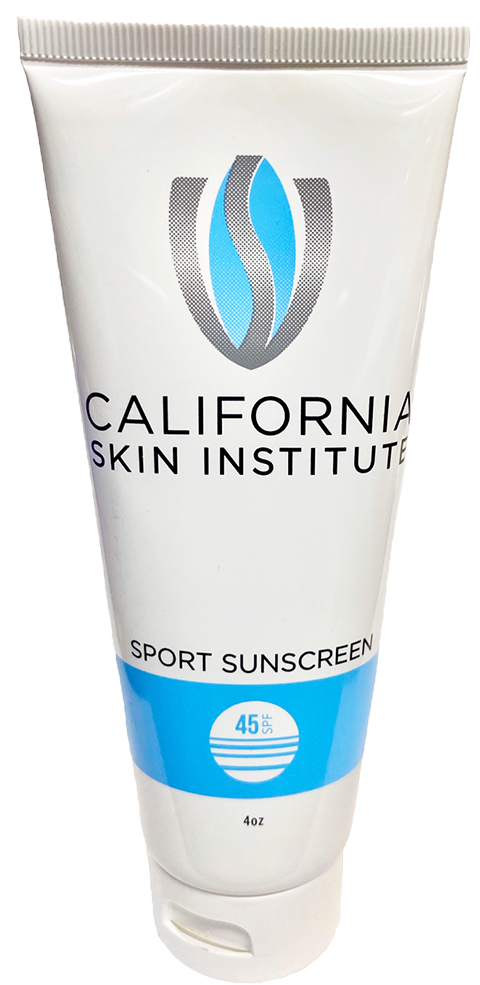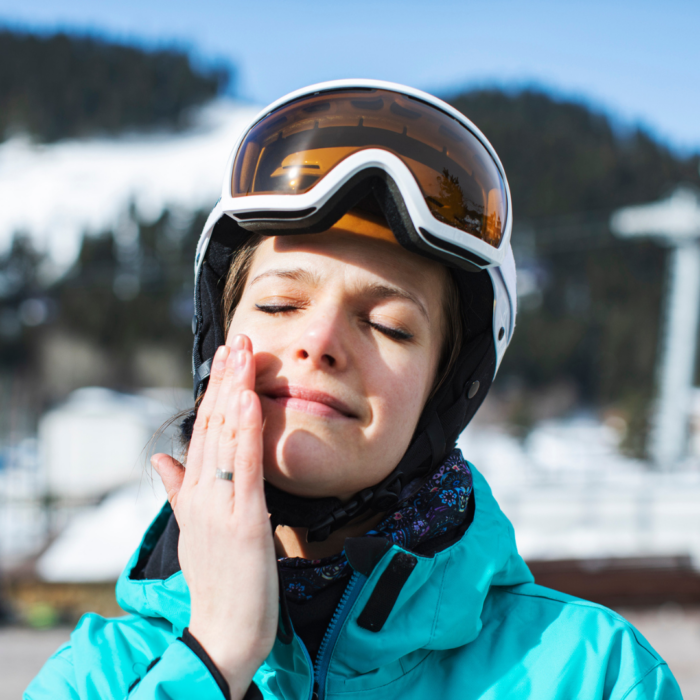
The Damaging Effects of UV Radiation
The sun emits UV radiation in the form of UVA, UVB, and UVC. UVA rays, which are the longest, penetrate the deepest in the skin and are responsible for tanning and premature aging. UVB rays are shorter and responsible for vitamin D production in the skin. UVB rays are also the cause of sunburning. UVC rays, which are the shortest, are absorbed by the ozone layer and do not reach the surface of the earth.
Similar to the sun, tanning beds also emit UV radiation. Tanning beds emit mostly UVA, but also smaller doses of UVB. The UVA radiation in tanning beds can be much more intense than that of natural sunlight.
It is important to understand that UV radiation, whether it be naturally through the sun’s rays or artificially through tanning bed use, can have damaging long term effects. These include:
UV rays can damage the eyes.
UV light can be damaging to any and all parts of your eyes, including your eyelid skin. Prolonged and chronic exposure can lead to corneal damage, cataracts, and even macular degeneration. These conditions ultimately affect our eyes’ ability to see.
UV rays can damage the skin.
Prolonged sun exposure can lead to sunburns, freckling, leathery texture, premature aging, pre-cancers, and skin cancer.
UV rays can affect our immune system.
UV rays have been shown to suppress our immune system responses. While this can at times be useful in treating immune system driven conditions like vitiligo and psoriasis, it can be harmful when it comes to our body’s ability to fight off skin cancer and infections.
UV rays can worsen certain skin conditions.
UV rays can at times elicit skin rashes such as in the case of solar urticaria and polymorphous light eruption. UV radiation can also exacerbate or flare certain conditions, like lupus.
Protect Your Skin
Protection from UV radiation is important all year round, even on cloudy or cold days. UV radiation can even reflect off water, sand, and snow.
Here are some tips on sun safety:

- Use sunscreen. Pick a broad spectrum sunscreen (one which blocks both UVA and UVB rays) with an SPF 30 or higher. Apply liberally, remembering to reapply every 2 hours.
- Cover up as much as possible. Wear long sleeved shirts and long pants whenever possible. Darker colors and denser fabric with tighter weaves offer more protection. Some clothing are even designed to offer sun protection and have incorporated UPF (Ultraviolet Protective Factor) into their fabrics.
- Wear a wide brimmed hat to offer protection to your scalp, ears, face, and neck.
- Wear sunglasses, as UV rays can damage your eyes.
- Don’t forget the feet. Since the tops of the feet can be damaged from unprotected sun exposure, wear shoes that cover the feet whenever possible. If wearing flip flops, sandals, or going barefoot, don’t forget to apply sunscreen to the tops of the feet.
- Seek shade. Seeking shade under an umbrella, tent, or tree can reduce the amount of UV radiation reaching your skin.
- Limit time in the sun. Avoid peak hours between 10am and 4pm when the sun’s rays are the strongest.



 / 291 Reviews
/ 291 Reviews